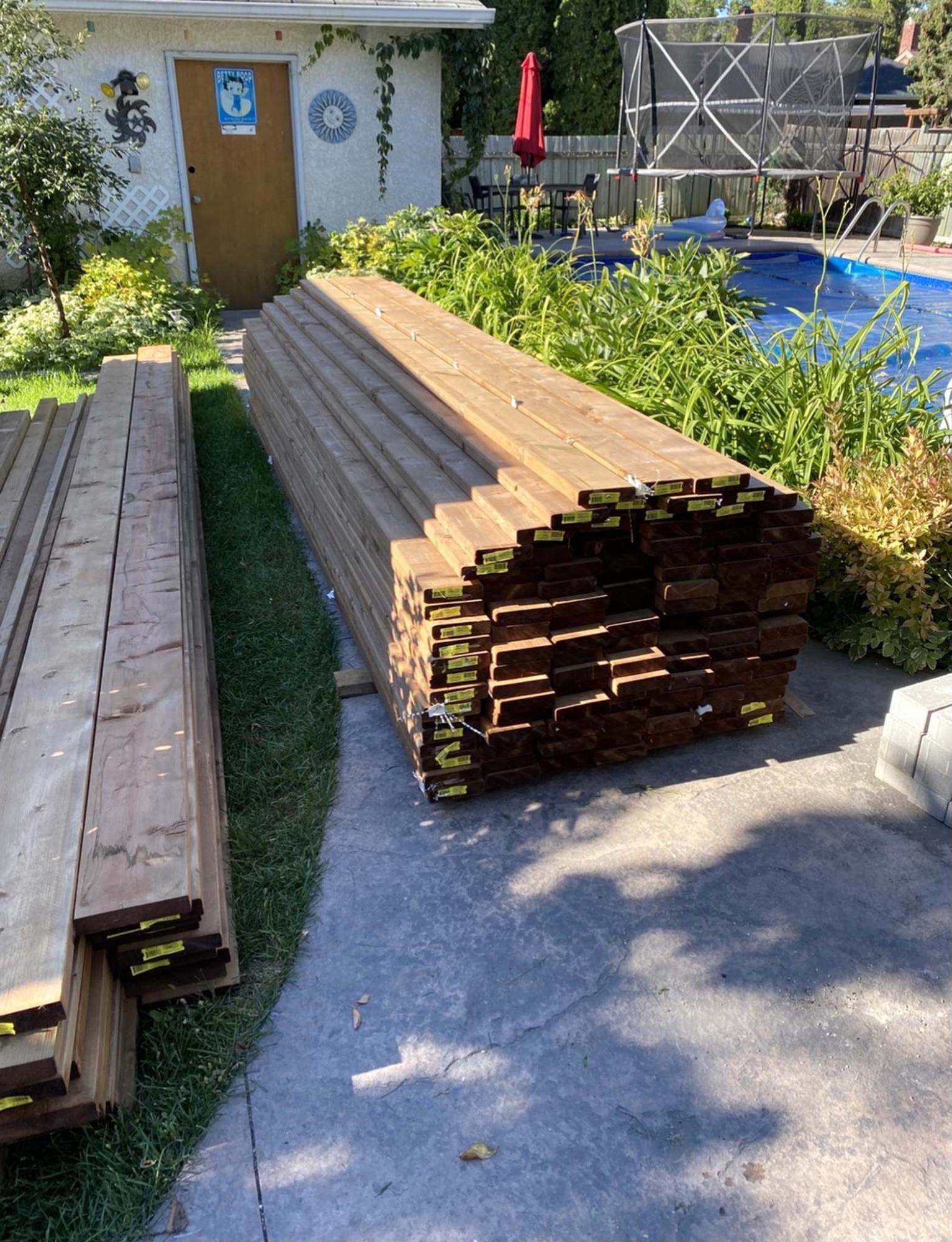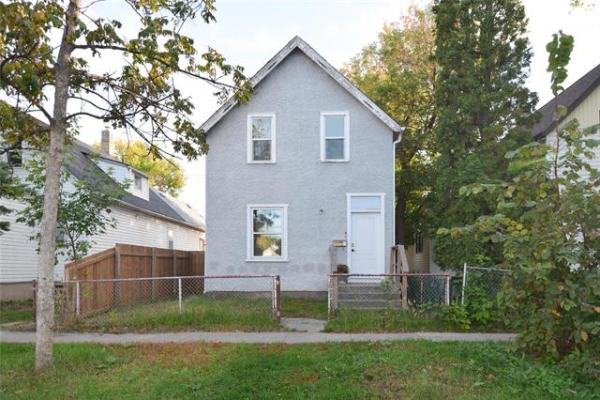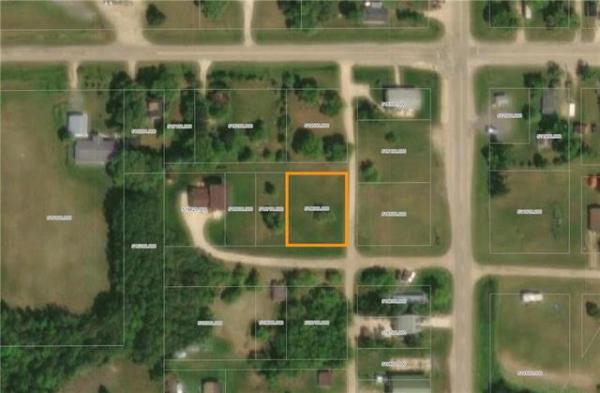
Photos by Marc LaBossiere / Winnipeg Free Press
Teresa Chaboyer, a commercial sales rep at McMunn & Yates on Pembina Highway, works diligently catering to her customers’ needs.

Jason Yates, CEO of McMunn & Yates, says sales have returned and even increased in some areas.

Nearing the end of the summer of 2020 lumber orders became difficult to fill.
If there is one word to describe the year 2020, uncertainty is my choice. Beyond the health crisis created by the pandemic, the measures and restrictions set forth in an attempt to combat the spread of the virus have also had a decimating effect on many industries. As it turns out, not all industries were affected in the same manner, and a few have experienced the unexpected — business is booming.
At the onset of the initial code red restrictions in March of 2020, most of us in the renovation and construction industries drastically slowed if not halted altogether any current workflows. As these restrictions loosened into May, we all prepared for what should have been a slow year. At the beginning of summer 2020 however, something strange began to occur. Despite the anticipated delays for materials and products due to how the pandemic was affecting the transportation of goods, a dichotomy began to immerge — there was a shortage of lumber, because sales had doubled and tripled from the same time, in previous years. What was going on?
Fortunately, my long-term relationships forged with commercial reps at various suppliers shielded me from not being able to fund my projects with the required materials — my guys took care of my needs and in turn, all exterior build projects scheduled for 2020 were fully completed, and generally did not incur any significant delays. Based on everything else going on around me, I am humbled by gratitude to have been able to continue working, when so many others haven’t been so lucky.
I first met McMunn & Yates CEO, Jason Yates, at a McMunn & Yates contractor show in March of 2018. Yates was willing to shed some light on how the pandemic has affected the renovation and construction industry, from his perspective. "When the restrictions were first enacted in March of 2020, our sales dropped due to the uncertainty of the pandemic’s overall impact," says Yates. "Inventory orders were put on hold or reduced at the beginning. Manufacturers and suppliers also reduced output and started to manage their inventory very conservatively."
After completing an interior build in March of 2020, I spent more than two months at home. Once the restrictions loosened in May, my scheduled exterior projects got underway. Within a few weeks, it was evident that lumber would soon become an issue. It was a combination of the mills not producing to normal volumes, and the supply hike when people realized the backyard deck had become priority over the family vacation they could no longer take that summer. "When restrictions were relaxed, sales did return to normal (and above normal for certain categories). Retail consumers focused on interior decor and backyard projects. Commercial construction also picked up as job sites had a better understanding of how to operate in a safe and effective manner," says Yates. "In the summer months it was evident that the time at home had motivated folks to take on several types of home improvement projects. As most dealers and manufacturers were carrying lighter inventory than normal it did not take long to create a supply chain problem for certain products."
It was difficult to comprehend. Contrary to what I had anticipated, the influx of people who suddenly wanted to create their own backyard oasis as they realized a vacation was not in the cards, this caused higher than normal volume of sales. Coupled with an already depleted inventory, lumber and other building materials were becoming scarce — contractors and customers alike had begun to realize this by mid-summer. A frantic urgency overwhelmed most commercial reps, as they tried to satisfy the surge in demand.
"The products that were effected most in terms of cost and pricing were the commodity products such as lumber, plywood and OSB. The demand was great due to the low inventory at mills, and increased housing starts in the U.S., as well as the increased transportation demand and cost," says Yates. "At first interior products, such as paint and paint supplies were impacted by the surge in sales. It soon moved to outdoor products such as dimensional lumber, treated lumber, composite decking, stain, landscaping products and roofing supplies."
By all accounts, it appears as though the supply flow had improved during the fall and early winter months of 2020. Manufacturers are increasing output and dealers are taking on more inventory. Demand is expected to be strong on several building material categories which may once again cause tight supply this coming spring. Consideration of ongoing or further restrictions may once again impact production and supply flow. "There are many factors to consider such as manufacturer production capacity, and product transportation availability. Most factors have already been incorporated into our latest pricing models," says Yates. "However, any on-going or subsequent restrictions could alter that costing along with the anticipated spikes in demand."
No matter your supplier of choice, everyone felt the unexpected supply pinch of the pandemic. And if you are fortunate enough to be in a position to consider tackling an outdoor project this summer (in lieu of a vacation), it may be prudent to begin the planning process now, and get your materials orders in much sooner than you’d expect. The worm may only be readily available briefly — best to be the feathered friend that pounces on it early.
BossEnterprise@outlook.com



